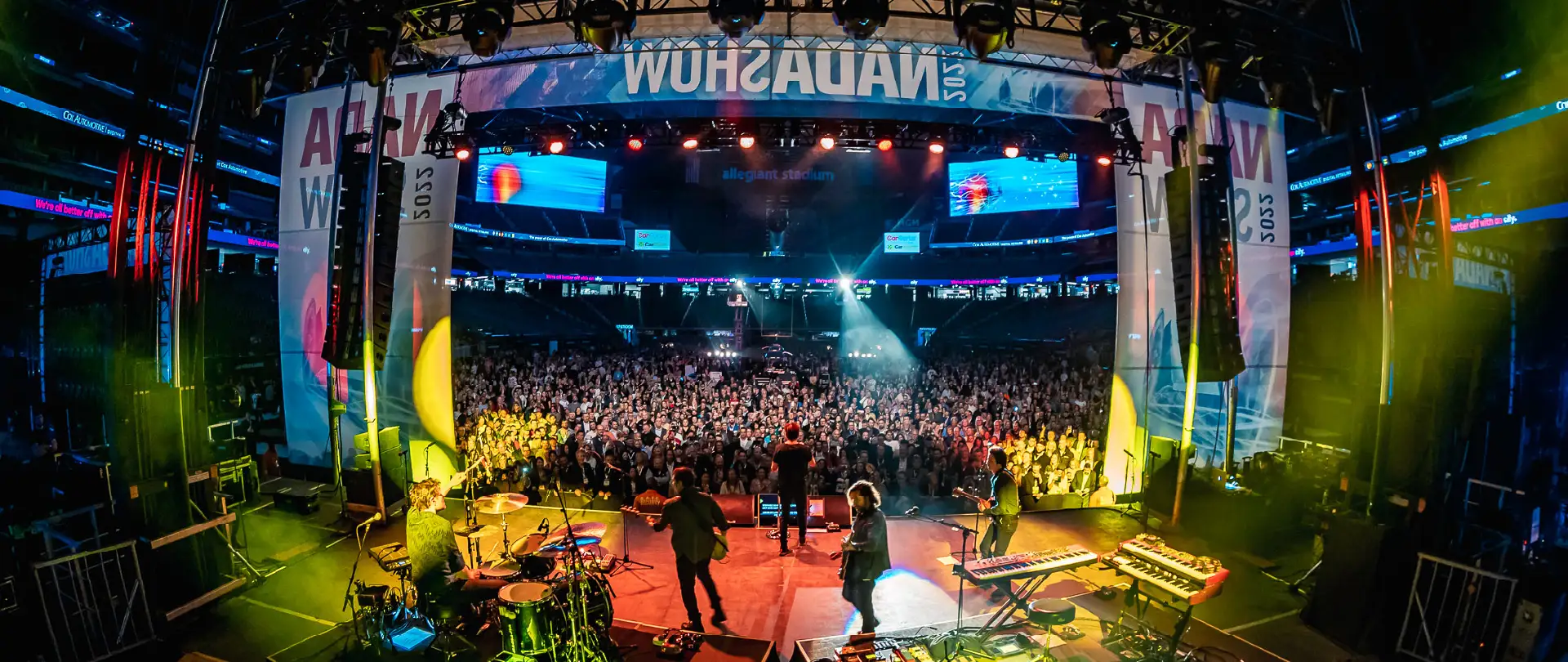How Production Companies Transform Concepts Into Compelling Visuals
The procedure by which production firms transform abstract ideas right into engaging visuals is both complex and methodical, starting with the crucial stages of ideation and manuscript development. As the project progresses with pre-production, production, and post-production, each stage demands mindful attention to information and positioning of imaginative elements.
Understanding the Creative Process
While the creative process might vary considerably from one production business to an additional, it usually includes a structured approach that balances imaginative vision with useful implementation. Initially, the process starts with ideation, where concepts are conceptualized and refined. Throughout this stage, creative teams take part in discussions that check out themes, narratives, and visual styles, guaranteeing that the core message lines up with the desired target market.
Following ideation, the development stage takes spotlight, where scripts, storyboards, and shot checklists are meticulously crafted. This phase is vital as it converts abstract ideas right into concrete plans, helping with a smoother manufacturing process. The imaginative group collaborates closely, making certain that every aspect, from casting to area searching, reflects the imaginative intent.
Once pre-production ends, the implementation stage commences, where the task is given birth to via shooting and editing and enhancing. This phase calls for a keen attention to information, as the imaginative vision is understood with technological expertise and artistic expression. Lastly, post-production additionally fine-tunes the visuals and sound, finishing in a refined final product that resonates with the audience. Hence, understanding this structured innovative process is crucial for appreciating exactly how manufacturing companies change concepts into engaging visuals.

The Function of Partnership
How does partnership boost the imaginative outcome of manufacturing business? At its core, partnership is a vital catalyst that fosters innovation and creative thinking within the manufacturing landscape.

Additionally, cooperation encourages open communication, which is essential for navigating the complexities of manufacturing. It grows an environment where responses is valued, enabling repetitive enhancements and modifications that raise the last item. Ultimately, the collective spirit within production companies serves to change preliminary concepts into compelling visuals that astound viewers, reinforcing the relevance of teamwork in attaining imaginative excellence.
Pre-Production Basics
Pre-production is a crucial stage in the filmmaking procedure, commonly including 5 vital steps that lay the groundwork for a successful production. The very first step involves manuscript development, where the screenplay is refined, guaranteeing that the story is natural and compelling. This is followed by budgeting, which develops the financial structure for the job, identifying essential prices connected to cast, staff, places, and tools.
The third step is casting, link a vital process that entails choosing the right stars to depict the characters authentically. A well-cast film can considerably improve the story's influence. Next off, area searching is carried out to locate ideal recording sites that line up with the vision of the project, thinking about logistical factors such as accessibility and authorizations.
Catching the Vision in Manufacturing
In the dynamic environment of a film collection, capturing the vision in manufacturing needs careful sychronisation and cooperation among all departments. Each team, from cinematography to art direction, plays a critical role in converting the screenplay right into visual imagery that reverberates with target markets. The director's vision need to be efficiently communicated to ensure that every shot, angle, and illumination option straightens with the overarching story.
Cinematographers are charged with selecting camera devices and lenses that best convey the tale's tone, while production developers produce immersive environments that enhance the aesthetic experience. Closet and make-up groups add by forming personalities with their look, strengthening the narrative's styles.
Sound style and music likewise enhance the visuals, establishing psychological context and heightening target market involvement. Daily coordination conferences and on-set communication channels assist in real-time adjustments, making certain that any creative subtleties are captured as they develop.
Ultimately, capturing the vision in production is concerning balancing these diverse aspects to develop a natural and engaging aesthetic story. The collaborative initiative not only brings the manuscript to click to read more life but also lays the foundation for an effective cinematic experience.
Post-Production: Refining the Last Product
Post-production plays a critical function in fine-tuning the end product, changing the raw video footage caught throughout production right into a refined cinematic experience (production companies nashville tn). This stage incorporates numerous important procedures, consisting of editing, audio design, shade improvement, and aesthetic impacts, each contributing to the general narrative and emotional effect of the movie

Audio layout is equally essential, involving the enhancement of dialogue, sound impacts, and atmospheric audios that improve the seeing experience - production companies nashville tn. The mindful layering of audio elements helps engage the target market in the tale globe
Shade modification even more improves aesthetic appeal, readjusting tones and contrasts to develop a cohesive aesthetic that aligns with the film's state of mind. This action guarantees that each framework reverberates emotionally with customers.
Verdict
Finally, the makeover of ideas into engaging visuals requires a structured and collaborative strategy within manufacturing business. By focusing on communication and sychronisation throughout the innovative process-- from ideation and pre-production to manufacturing and post-production-- these companies effectively straighten numerous creative elements with the story. This careful method not just enhances narration however also captivates target markets, ultimately causing immersive and engaging motion picture experiences that resonate deeply with customers.